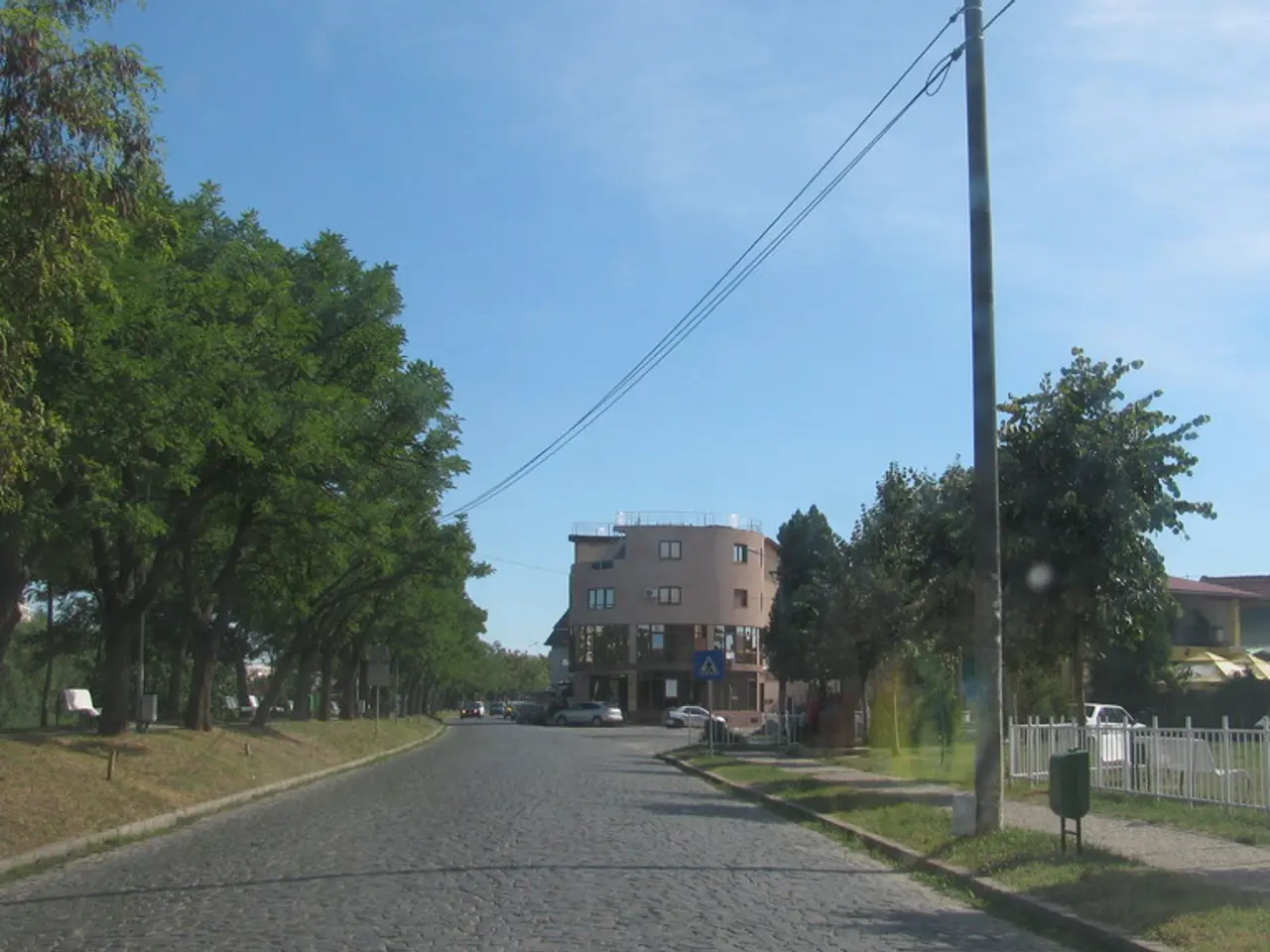Streamlining Operations: Implementing Automated Risk Evaluation in Cloud Architecture
Streamlining Risk Assessment in the Cloud Era: The Power of Automation
The world of business is undergoing a significant transformation, thanks to the cloud revolution. This shift has not only made operations more flexible and scalable but also necessitates a new approach to risk assessment.
One such innovative strategy is the SOC 2 Terraform Code review, a practice that integrates automated governance, audit readiness, and risk detection into the cloud infrastructure lifecycle.
This approach streamlines risk assessment related to cloud infrastructure changes in several ways. By creating a clear audit trail for every change, it eliminates undocumented or manual changes that bypass controls and increase risk. Automated policy enforcement and compliance validations in CI/CD pipelines help detect risky or non-compliant changes early. Continuous monitoring post-deployment allows for the quick identification and remediation of unauthorized changes.
Moreover, this methodology offers real-time visibility into infrastructure risk and controls, improving governance and enabling faster, evidence-based risk decisions. It also reduces human error and operational overhead associated with manual reviews, embedding security checks and compliance into the infrastructure automation workflow.
Key benefits include reliable, tamper-proof audit trails for all infrastructure changes, early detection and prevention of unauthorized or risky modifications, continuous compliance enforcement, enhanced collaboration and accountability across DevOps and security teams, and dramatically reduced time and effort for security and compliance audits.
In the realm of regulated environments, this methodology is critical for upholding SOC 2 controls CC1.3, CC1.5, CC2.1, and CC2.2 by operationalizing accountability and embedding governance into cloud-native DevOps pipelines.
The future of risk assessment is poised to expand, with the integration of advanced technologies such as machine learning and AI. These tools can predict potential threats proactively, offering insights that were once challenging to obtain and guiding informed decision-making.
Cloud service providers also offer built-in tools that simplify the integration of these advanced technologies into risk assessment processes. Cultivating a culture of collaboration is essential as organizations rely on automated systems, promoting shared knowledge and fostering a sense of unity.
Regular training ensures everyone stays current with the latest tools and practices, while embracing automation in risk assessments has been transformative on a personal level, polishing professional skills and opening doors to collaborative opportunities.
As organizations move data and applications to the cloud, they face an increasingly intricate risk landscape. However, the collective strength of the tech community navigates these complexities with confidence, optimism, and a sincere commitment to growth. By leveraging these innovative strategies, promoting collaboration, and tapping into advanced technologies, we are equipped to thrive in the cloud era.
For more information and resources, explore https://Tryterracotta.com/security.
Photography can capture the beauty and fashion of various events, evidence of which can now be securely stored in the cloud, thanks to the advancements in technology. Media outlets can utilize this technology to efficiently manage, organize, and share these event images with a wider audience, playing an integral role in storytelling and communication.
The world of fashion and beauty industries are not the only ones embracing technology; it is also revolutionizing the way risk assessments are conducted in the realm of media and business, particularly through automation strategies like the SOC 2 Terraform Code review.
Advanced technologies, such as machine learning and AI, have a promising role in the future of risk assessment, providing predictions for potential threats proactively and offering insights that guide informed decision-making. This reliance on advanced technologies underscores the importance of regular training and a culture of collaboration within organizations to ensure everyone stays current with the latest tools and practices.




